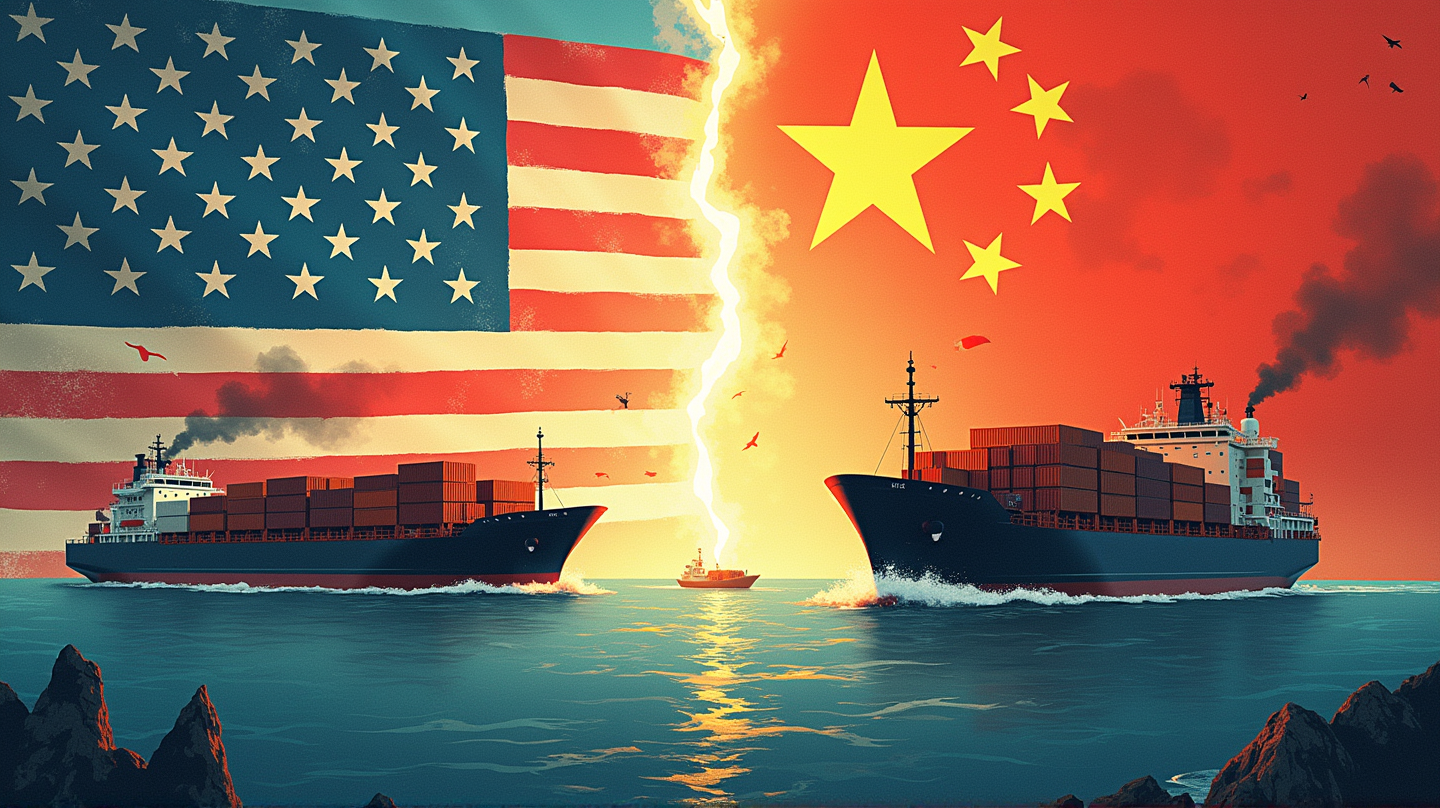The ongoing trade conflict between the United States and China escalated as China announced a series of retaliatory tariffs on American goods. This move comes on the heels of US President’s implementation of a sweeping 10% duty on Chinese imports, a decision that marks a significant chapter in the US-China trade war saga.
China’s Response to US Tariffs
In a definitive response to what many consider an aggressive trade policy by the US, China imposed tariffs targeting various US products. The breadth of these tariffs is impactful, covering both agricultural and industrial goods, critically affecting sectors that are crucial for the US economy. As stated in London Evening Standard, a significant aim of these measures is to counterbalance the effects of the imposed US tariffs and to defend its national economic interests.
Impact on Global Markets
The tit-for-tat tariff strategy has not only created ripples within the domestic economies of both nations but has also cast a shadow on international markets. Economists predict volatility in global trade flows, reflecting the uncertain nature of this economic clash. According to London Evening Standard, the tariffs’ impacts extend beyond the borders of the US and China, potentially disrupting global supply chains and affecting countries reliant on exports involving the two economic giants.
US Businesses Under Pressure
Domestically, US businesses face heightened pressure due to increased costs for imported materials from China. Small and medium businesses, in particular, may find themselves in a difficult position as they look to adjust their pricing strategies in response to these heightened tariffs. As the tariffs take effect, US businesses are weighing their options, with some contemplating a shift in their sourcing strategies to mitigate the rising costs.
Economic and Political Repercussions
The escalation of tariffs between the two world powers has stirred political debate within the United States. Critics of the administration’s policies argue that these tariffs could lead to a rise in consumer prices and a potential slowdown of economic growth. The broader geopolitical implications are also at play, as countries watch closely to see if these trade disputes could lead to new alignments and economic partnerships.
Future Outlook and Resolutions
The future of US-China trade relations remains uncertain as diplomatic negotiations continue behind closed doors. There is hope that cooler heads will prevail and that both nations might find common ground to resolve this growing conflict. Until then, businesses and consumers alike must brace for the potential long-term impacts of these ongoing trade tensions.
This unfolding economic narrative serves as a poignant reminder of the complexities inherent in global trade and the profound effects that high-level political decisions can have on local economies and individuals worldwide.
